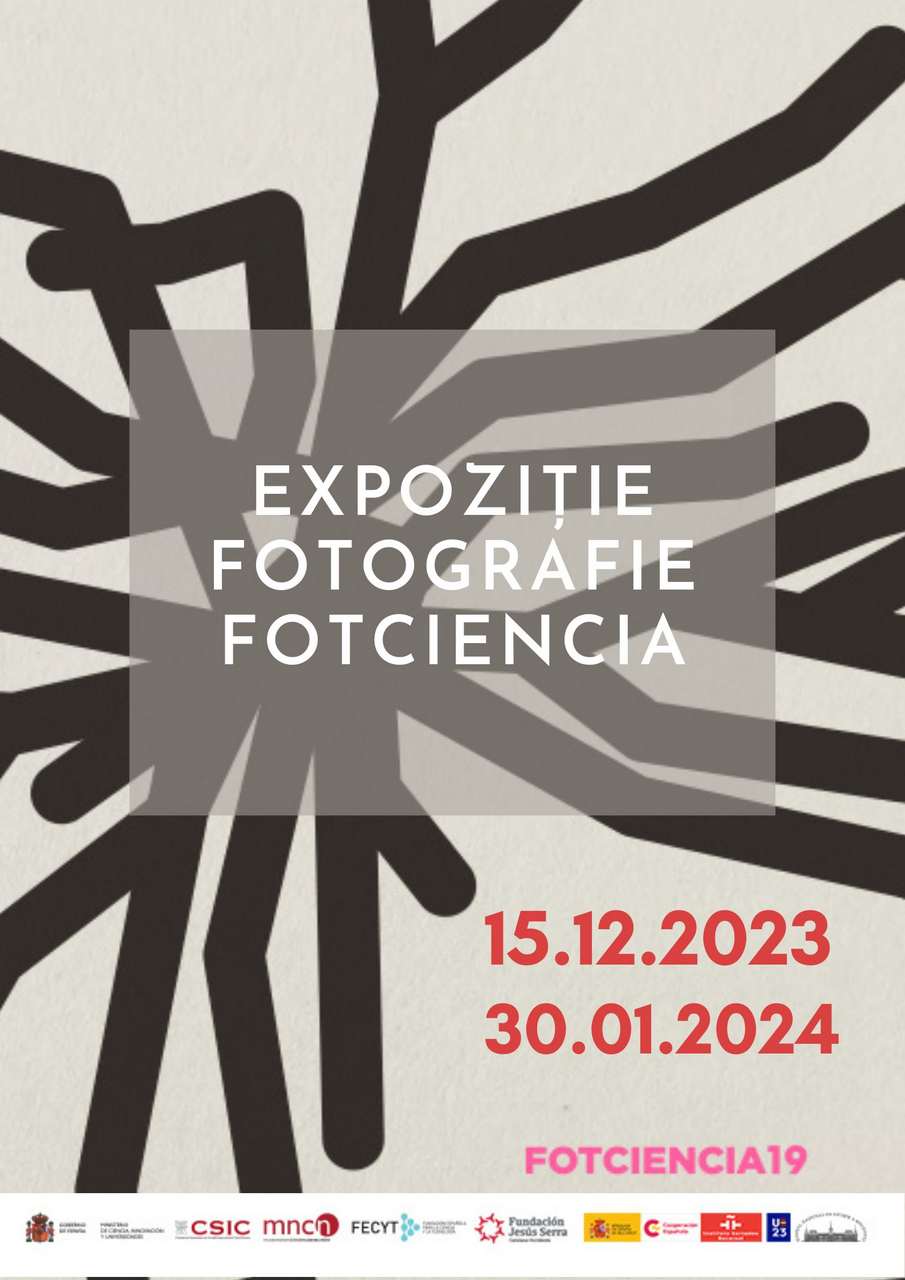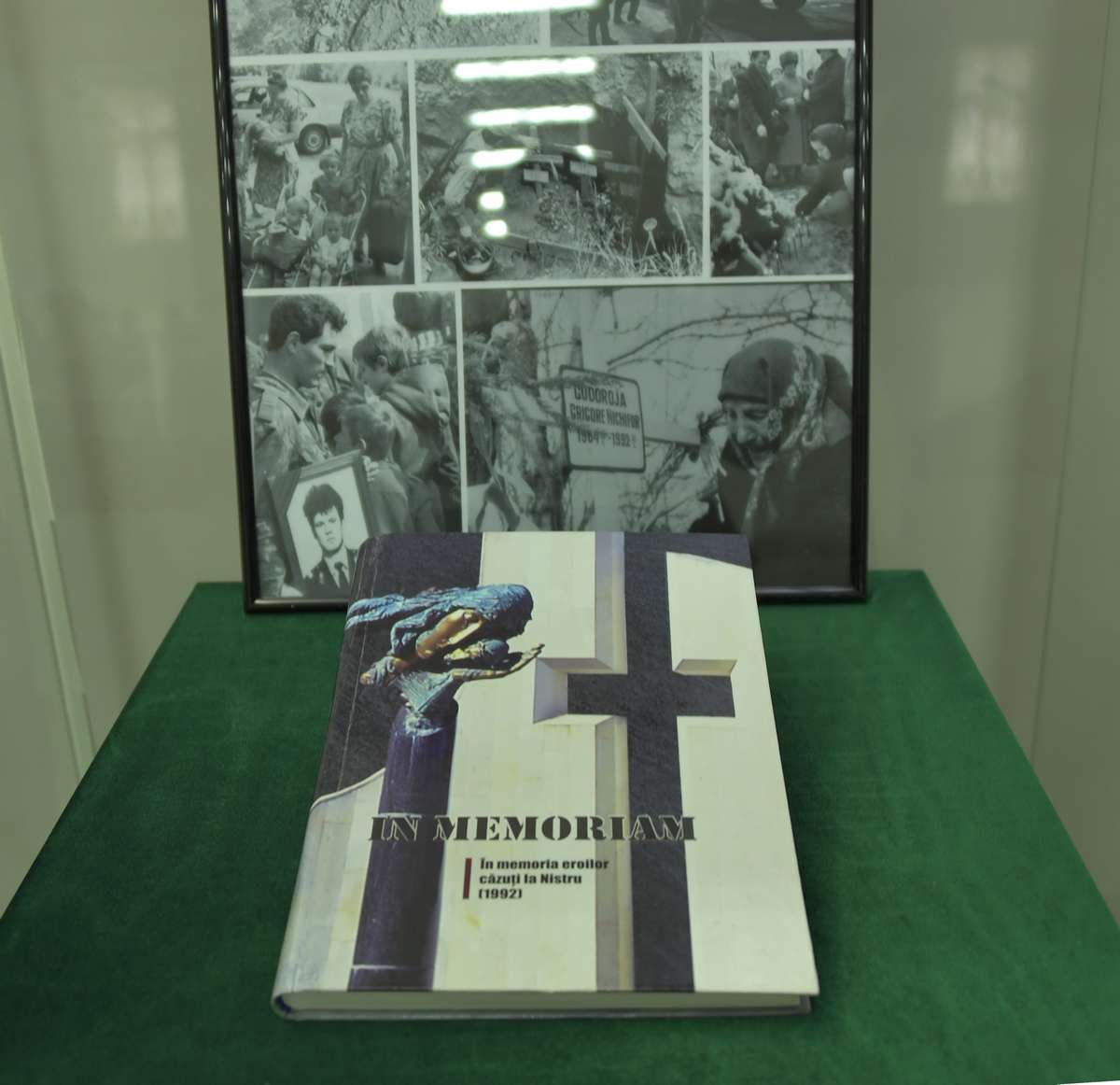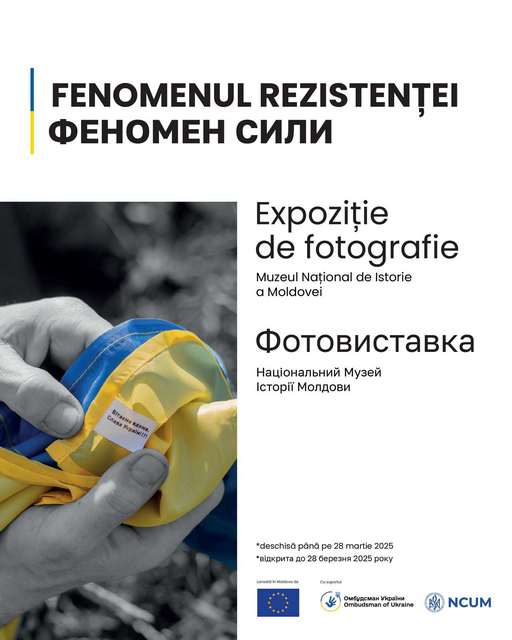 Between December 15, 2023 and January 30, 2024, the National Museum of History of Moldova will host the photographic exhibition "Fotciencia".
Between December 15, 2023 and January 30, 2024, the National Museum of History of Moldova will host the photographic exhibition "Fotciencia".
The photos are part of the nineteenth edition of the FOTCIENCIA competition, an initiative of the Spanish National Research Council (CSIC) and the Spanish Foundation for Science and Technology (FECYT), with the support of the Jesús Serra Foundation and the Catalana Occidente Group, which allows us to observe science and technology from different points of view.
This exhibition is divided into two large blocks (General and Micro) and consists of 25 photographs, selected from the 584 that were presented in the edition.
The ensemble, a successful photographic sample, highlights the fruitful relationship between science and art in all fields of knowledge. With the aim of bringing to the fore the enormous legacy of Nobel laureate Santiago Ramón y Cajal, FOTCIENCIA19 joined the commemoration of the Year of Cajal with a special section dedicated to neuroscience.
The texts accompanying each image, available via the QR codes on each of the images, were written by the authors of the photographs, who also chose one of the 17 Sustainable Development Goals accompanying the proposal.
The 17 SDGs of the 2030 Agenda are:
1. No poverty.
2. Zero hunger
3. Health and well-being
4. Quality education
5. Gender equality
6. Clean water and sanitation
7. Clean energy at affordable prices
8. Decent work and economic growth
9. Industry, innovation and infrastructure
10. Reduced inequalities
11. Sustainable cities and communities
12. Responsible consumption and production
13. Climate action
14. Aquatic life
15. Terrestrial life
16. Peace, justice and efficient institutions
17. Partnerships for the achievement of objectives
The opening of the exhibition will take place on Friday, December 15, starting at 11:00 in the hall on the ground floor of the National Museum of History of Moldova, as part of the closing event of the Spanish Presidency of the Council of the European Union, which will be attended by the Prime Minister of of the Republic of Moldova, the diplomatic corps accredited in the Republic of Moldova as well as civil society personalities.
 31 August 1989 St., 121 A, MD 2012, Chisinau, Republic of Moldova
31 August 1989 St., 121 A, MD 2012, Chisinau, Republic of Moldova













































